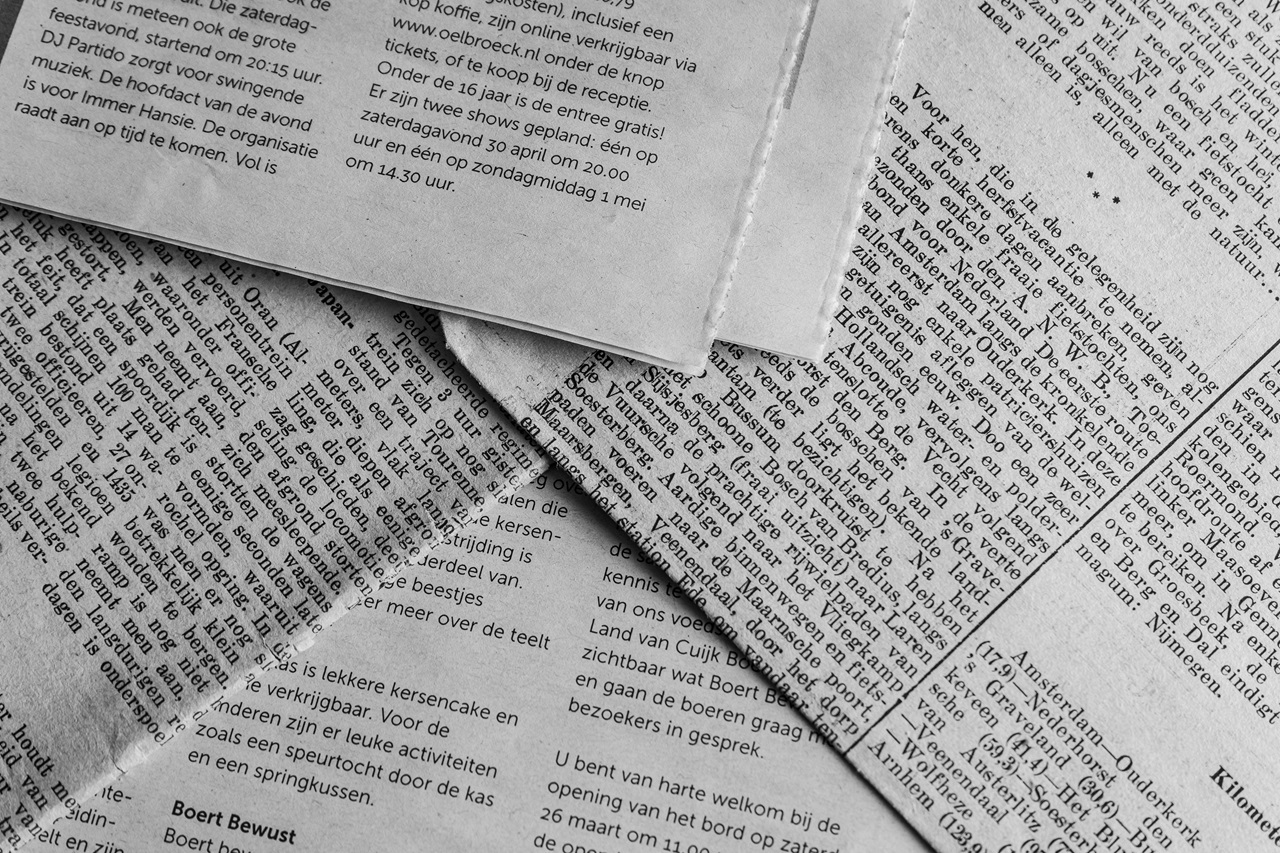Alternative preschool education according to the pedagogical concept of Carl Orff

Anna Klim-Klimaszewska, (2024).
Abstract: Carl Orff’s method of movement expression is one of the most original and innovative methods in preschool education. It is a method based on what is primal, innate, subconscious, providing children with many more opportunities for experiencing, expressing themselves through movement, creating, and experimenting, creating conditions for child development. A characteristic feature of this method is the integration of music with movement. Material and methods: The article is of a monographic nature. Results: The article discusses the use of Carl Orff’s method in preschool education. Conclusions: Carl Orff’s method is an example of a pedagogical tool that allows for the synthetic achievement of educational goals at the preschool education level. It is a complementary program that opens up greater possibilities for participation in culture than any other program usually limited to one of its domains. It introduces intra- and interdisciplinary correlations, giving appropriate emphasis to activities assigned to specific types of education or teaching actions.
Introduction
Pre-school is the first stage of institutional education. The pre-school years are particularly important in the overall educational process. In addition to intensive physical development, the child’s speech and thinking develop, interests are directed, social and moral attitudes are formed during that time. Musical abilities also develop over the pre-school period. According to the core curriculum for pre-school education for kindergartens, pre-school units in primary schools and other forms of pre-school education, the aim of pre-school education is to support the holistic development of children. Such support is implemented through care, upbringing and teaching/learning, which make it possible for children to discover their capabilities, their purpose and accumulate experience on the path leading to truth, goodness and beauty. Bearing in mind that the primary form of activity of a pre-school child is play, working methods should be selected in a way that makes learning attractive and easy through play, encourages children to act, awaken their interests, and encourage spontaneous and free creative expression.
Carl Orff’s method of expressive movement is one of the most original and innovative methods in pre-school education. This method is based on the primal, the innate, the subconscious, creating many more opportunities for children to experience, to express themselves in movement, to create and to experiment, thus creating the most favourable conditions for children’s development (Lamęcka-Adamek, 2001).
At the heart of this method is the assumption that music is closely linked to movement. Movement is the most characteristic and natural feature of a young child, so the child’s physical development should be closely linked to education in rhythm and music, and word culture. In fact, music, movement and words permeate each other, with one of these elements usually dominating in specific exercises, while the others play a complementary role.
Για την ανάγνωση του άρθρου μπορείτε να μεταβείτε στην αντίστοιχη σελίδα του Social Dissertations
